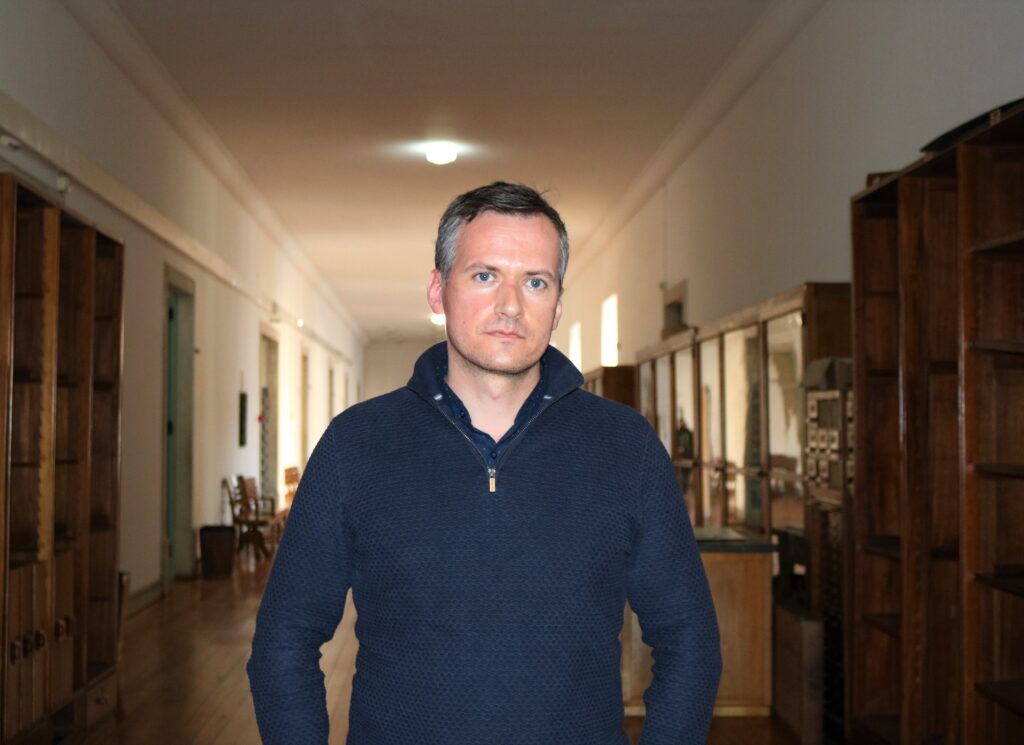An international study published in Scientific Reports, group magazine Nature, demonstrated that a new format for analyzing mathematical models would help in the early detection and prediction of different types of developing cancer and pandemics.
Led by Paulo Rocha, from the Faculty of Science and Technology, University of Coimbra (FCTUC), and Lode Vandamme, from the University of Eindhoven (Netherlands), the study provides the scientific community working with this type of mathematical model with a new format of reading the data, more precisely, in a logarithmic and linear scale, called “log-lin”.
«We explored the mathematical model most frequently used by the scientific community, a model proposed by Verhulst, and found that if we interpret the data in this way (“log-lin”) and not in conventional formats, we can obtain information that allows the early detection not only of the peaks of pandemics, but also of the development of various types of cancer, although on very different time scales», explains Paulo Rocha.
The FCTUC scientist states that "this scientific article suggests to the scientific community that works with this type of models to start using this analysis format". Given the pandemic situation in which we are living, this study may allow “to detect more timely when the peaks of the pandemic will appear”, he stresses.
“Cancer and pandemics are two of the leading causes of death worldwide and currently represent a serious global concern. For both scenarios, early detection and related prediction are critical. Our work shows that, in pandemics and cancers, similar problems can be solved and signaled in good time, using analogous mathematical and physical models", notes the researcher, adding that these models "may, in due course, signal the appearance of epidemiological peaks – currently important for predicting the second and third peaks of COVID-19 - as well as summarizing vital data for government entities and citizens».
Another important fact of the study is the fact that the analysis model proposed by this group of scientists reveals that the «Brownian movement explains the behavioral rules in a pandemic and emphasizes the importance of confinement, social distancing, masks, face shields and air conditioning» .
The results presented in the published article, according to the authors, define a new scientific milestone, «since our mathematical research between cancers and pandemics reveals a multifactorial correlation between both weaknesses and helps to understand, predict in a timely manner and, ultimately, analysis, reduce the socio-economic barrier of oncological diseases and pandemics'.
This mathematical investigation has a broad and important scientific impact with technical relevance and constitutes an important contribution, both for the scientific community and for the population in general.
The article, entitled “Similarities between pandemics and cancer in growth and risk model”, is available in https://www.nature.com/articles/s41598-020-79458-w.
Author: Cristina Pinto – University of Coimbra – Science Communication
Science in the Regional Press – Ciência Viva

















Comments